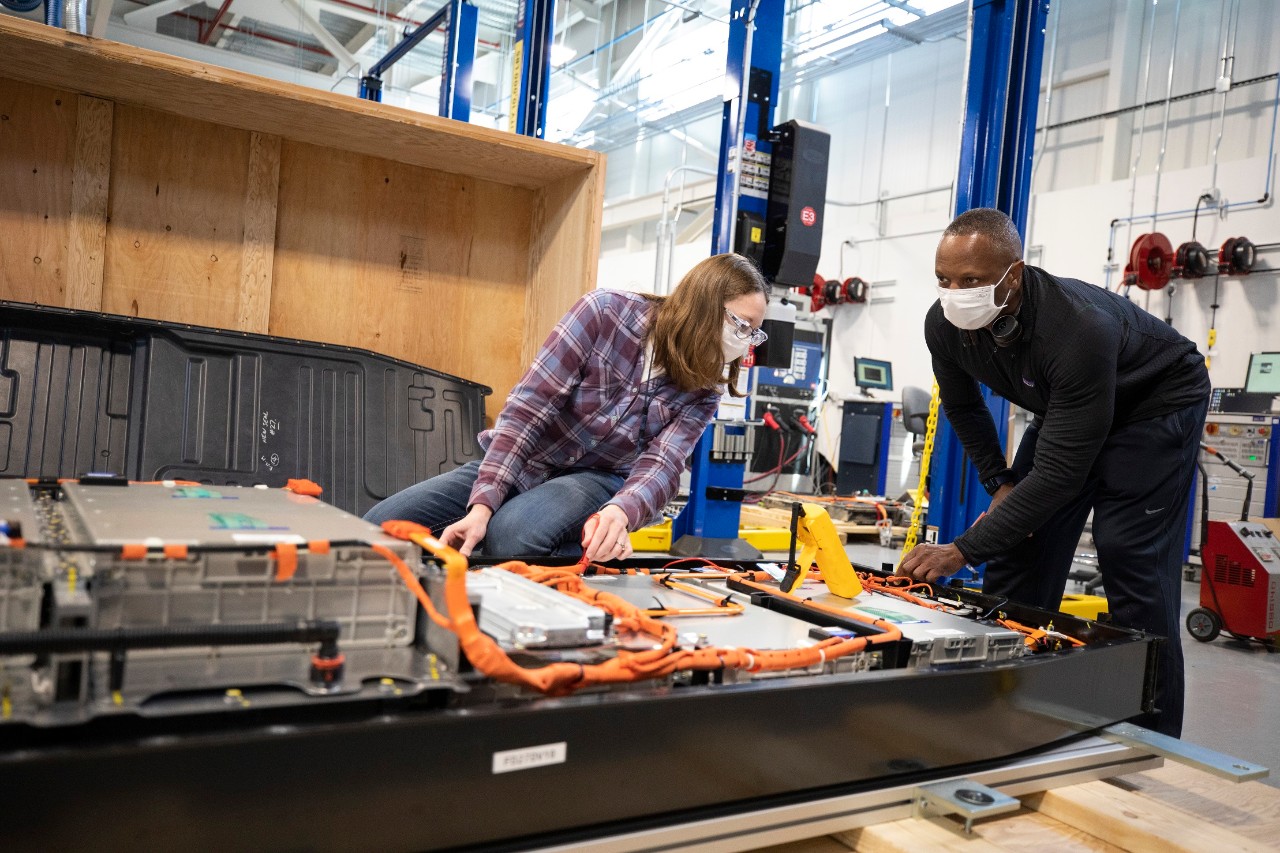Natural Gas: A Stop On The Road To Renewables
When my parents decided to renovate our house to use natural gas, I remember how excited my mom was to get a new range. She was sick of how long it took for our 15-year-old electric coil stove to heat up, which prolonged everything from melting butter to boiling water.
Our house was an “all electric home,” powered by Connecticut Light and Power. CL&P supplies their customers with energy through oil and nuclear technology. At the time of our renovation we looked into installing solar panels on our roof, but our state didn’t offer an incentive and we wouldn’t see the return on investment as immediately as we did with propane. After making the switch, our monthly energy bill is one fifth of what is was before, our home heats and cools more efficiently, and sometimes the butter on the stove melts too fast.
Less Carbon, Less Harm
The word “carbon dioxide” is tossed around by scientists, journalists and citizens a lot; it comes with a negative association — at least for many. Carbon dioxide is the world’s most prevalent greenhouse gas. Many don’t know that it is a necessary component of the Earth’s atmosphere and that it has only become threatening over the past few decades. The concentration of CO2 in our atmosphere has risen exponentially due to human activities like the burning of coal for electricity and fossil fuels in our cars; the excess carbon dioxide in the atmosphere is contributing to anthropogenic climate change. Atmospheric carbon dioxide is measured in parts per million (ppm), and over the past 50 years the concentration of carbon dioxide in our atmosphere has gone from 320ppm to almost 400ppm.
The burning of coal produces two times more carbon dioxide than the burning of natural gas. We are approaching a tipping point of 450ppm, where the amount of atmospheric carbon dioxide will be too great for mitigation efforts to actually reverse the effects of climate change. So with our planet’s future weighing in the balance, is natural gas the bridge to renewable energy?
By 2040, natural gas will make up 38 percent of U.S. energy production. Coal production in the US is slowing, and while the development and use of domestic natural gas resources is reducing carbon dioxide emissions, natural gas production and distribution does come with its own environmental concerns.
A Temporary Solution
The process of getting natural gas, trapped in between the layers of rock, can be harmful to the environment if not done carefully. Hydraulic fracturing “produces fractures in the rock formation that stimulate the flow of natural gas or oil, increasing the volumes that can be recovered. Wells may be drilled vertically hundreds to thousands of feet below the land surface and may include horizontal or directional sections extending thousands of feet.” Methane flaring and water contamination are two environmental concerns related to hydrofracking; this reality cannot be ignored, even though natural gas is a cleaner burning fuel.
So while my family didn’t go the extra step and invest in renewable energy technology, that’s where the United State’s energy future needs to head. We need to move in the direction of renewable energy technologies like solar, wind, and geothermal. These technologies produce energy without emitting carbon dioxide and other greenhouse gases and can help reduce and eliminate the threat human activities pose to our planet.























